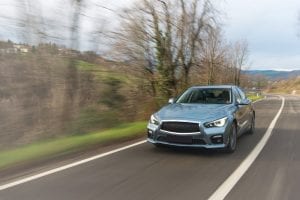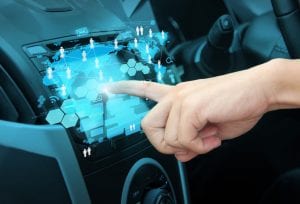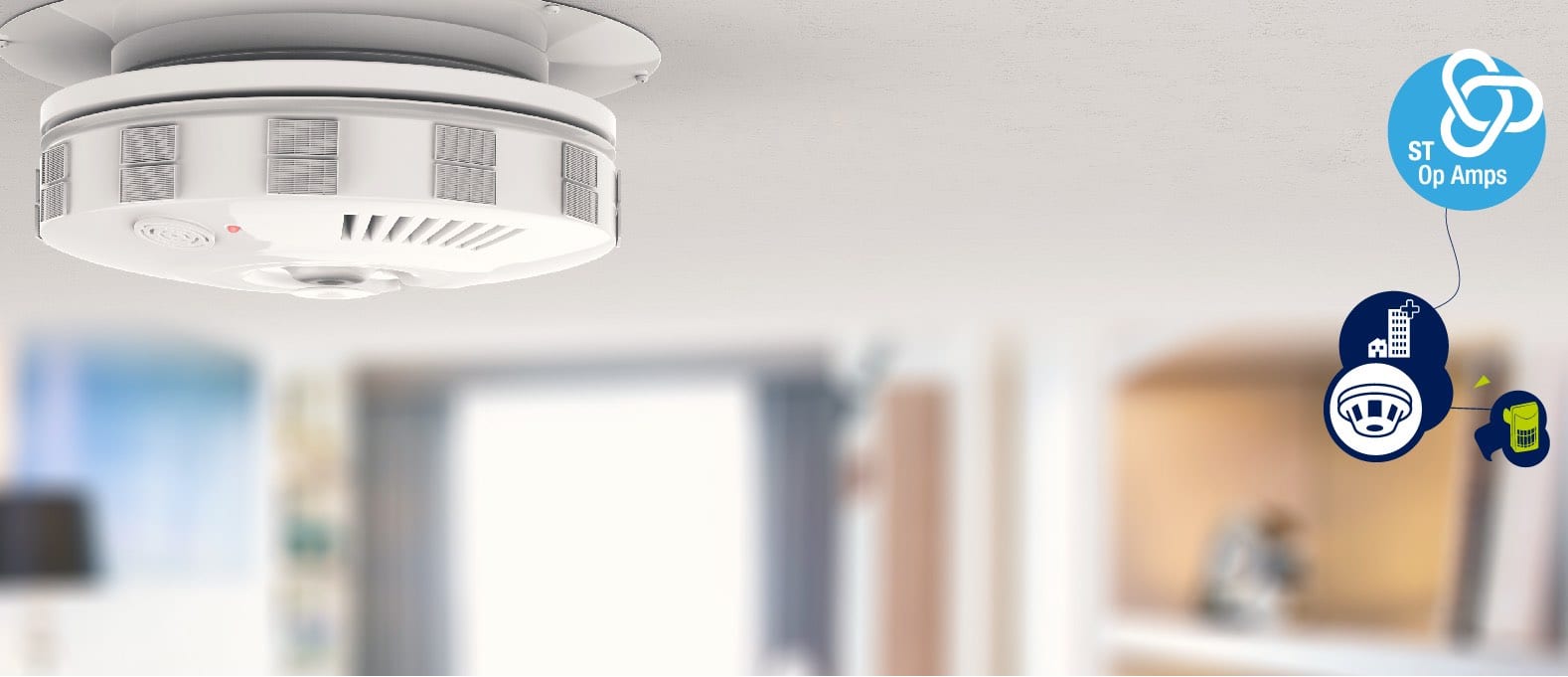Inertial sensors continue to have an essential role in this new age of the automobile, which is why Stuart Ferguson will give a lecture on their role in autonomous driving at the ST Developers Conference that will take place in Santa Clara on September 6. Inertial measurements are possible thanks to accelerometers as well as gyroscopes, and these Micro-Electro-Mechanical Systems (MEMS) will have center stage at this year’s event. ST has already updated its major software packs to simplify app building, and they will be at the heart of many presentations. Furthermore, the components themselves continue to be more precise and offer new features that improve the driver’s experience. However, it is crucial to understand that these sensors have been making cars autonomous way before autonomous driving was a thing.
Inertial Sensors Enabled Autonomous Vehicles

In the late 80s, one of the first MEMS in cars was a pressure sensor for engine control applications. The manifold absolute pressure sensor (MAP) sent data to the electronic system, which could calculate air density to adjust ignition and optimize the combustion engine’s operation. However, very quickly inertial sensors came to improve the vehicle’s safety systems. For instance, rotational rates measured by gyroscopes, and the data from accelerometers, help set the suspension damping to shorten braking and decrease the risk of a rollover, and MEMS made airbag deployment possible. Similarly, speed sensors on the wheel ensure the system can detect if a driver is trying to stop urgently (Emergency Brake Assist), triggering the Anti-lock Braking System (ABS) to reduce braking distance and avoid skidding.
This last technology is an excellent example of how inertial sensors inform electronic systems to enable them to autonomously take control of the vehicle. The driver may not have pushed the brakes hard enough or may not be able to guarantee that the wheels remain unlocked. Hence, the car possesses intelligence that ensures it can brake harder and better than humanly possible. Similarly, sensors can detect if a car is about to go out of control because the driver is over or understeering, and the system will autonomously brake individual wheels to prevent an incident or an accident. Hence, cars already rely on many autonomous features, unbeknownst to most drivers.
Inertial Sensors to Keep Users Safe

As cars become smarter and more autonomous, a new breed of systems has been cropping up under the umbrella of Advanced Driver-Assistance Systems (ADAS). Not always as critical as the examples above, they use inertial sensors to offer an incredible range of new features, from forward-collision prevention, cruise control, automatic parking, tire pressure monitoring, and many others. Hence, there’s no better presenter than Stuart Ferguson to explain how to deal with these inertial sensors as cars continue to make more and more decisions. Stuart has a Master in semiconductor physics, and he has been close to the automotive industry for his entire career, working with car manufacturers to bring sensor technology in vehicles. He’s now working in Automotive MEMS and Sensors Marketing at ST.
After all, choosing the right components is crucial in obtaining the appropriate Automotive Safety Integrity Level (ASIL), a classification that lists the safety requirements that must be met to comply with the ISO 26262 standard. Unless inertial sensors are built from the ground up with this constraint in mind, it is impossible to come up with satisfactory designs. Hence, these components not only make or break functionalities that will influence the popularity of a vehicle but poorly chosen and integrated sensors could prevent or delay a model from coming to market, with all the financial implications that this entails. This is why ST came up with components tailored for automotive safety, like the AIS2120SX, a dual-axis accelerometer specifically designed for airbags.
Inertial Sensors To Find Our Way

Stuart will also emphasize the new use cases of inertial sensors in GNSS applications. Autonomous driving relies heavily on the system’s ability to track the position of a vehicle at any moment. However, as we’ve already seen when we talked about V2X (Vehicle to Everything) communications, satellite data is not always available in crowded cities or underground, for instance. However, the car must still be able to update its position until the signal is available. Hence, inertial sensors offer an amazingly affordable and precise solution to implement dead-reckoning algorithms and other alternatives that can keep track of the vehicle’s speed and movements.
Precise and powerful three-axis gyroscopes for dead-reckoning, like the A3G4250D, have made ST the industry’s leading supplier, and the company continues to push the envelope with the recent launch of a high-stability six-axis inertial measurement unit, the ASM330LHH. Hence, the biggest challenge is not finding the right component, but bringing many different disciplines together to make the autonomous car of the future. Knowing inertial sensor is not enough. One must also master their implementation and interaction with complex systems. Hence, ST’s expertise in inertial sensors shines not only because of the MEMS themselves, but everything else that the company offers, from software packs, open source algorithms, application examples, and certifications.
Stuart Ferguson’s talk is “Inertial sensors and their role in autonomous driving.”
- Register for the ST Developers Conference while tickets are still available.




